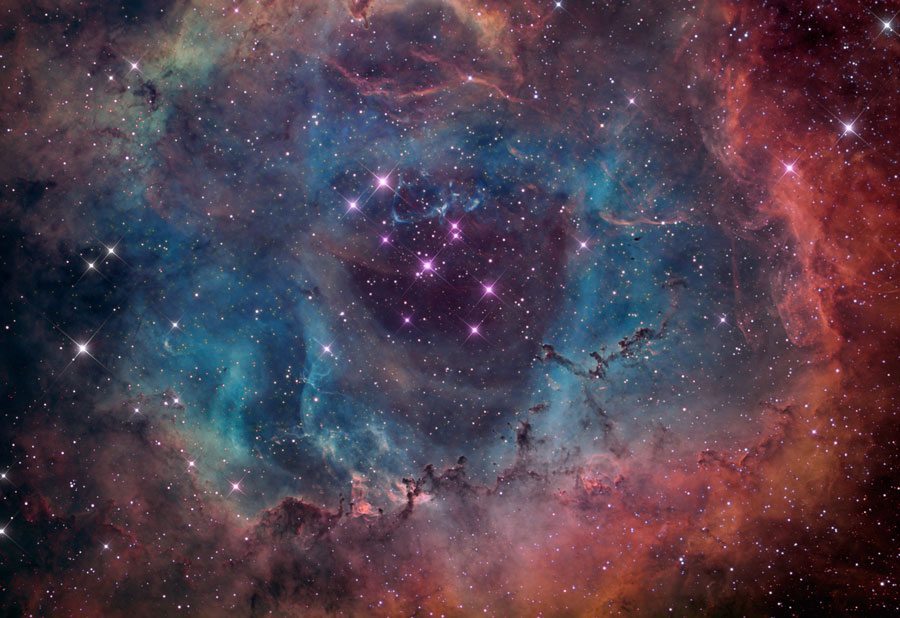Hello Readers! Hope your night is going well -
I'm currently reading A Brief History of Time by Stephen Hawking. It's an incredible book that discusses theories on life, the universe, space, time, etc. I highly recommend it!
I've had many questions over the first two chapters so I e-mailed my chemistry professor about a few of them - let me know if you have any observations, answers, or questions!
First
I've noted that the general theory of relativity is just a unified
description of gravity (large scale things) and quantum mechanics is the
mathematical interactions of energy and matter (incredibly small scale
things.)
Stephen Hawking states that quantum mechanics and the theory of relativity cannot coexist. One theory always disproves the other.
My thought is this.. Earth orbits the sun because of the sun's gravity (due to the general theory of relativity). But subatomic particles don't have to follow the laws of gravity. Electrons are negatively charged and the nucleus is positively charged so that's how electrons can "orbit" a nucleus. A nucleus doesn't have to have some sort of gravity to keep its electrons, right? So why can't quantum mechanics and the theory of relativity coexist? Quantum mechanics doesn't really depend on what laws the theory of relativity have to offer. Do they?
 | |||
| The Rosette Nebula |
Questions that I'll probably address in future posts...
1. How fast do galaxies move through space? Is it anywhere close to the speed of light?
2. Is there something at the center of the universe that everything orbits (galaxy clusters).
3. Looking into Dark Matter and the God Particle.
4. Do astronauts age faster than humans on Earth do?
5. Upcoming: Stephen Hawking will describe his theory behind the end to the universe because there is a beginning point to it.
Some facts that I thought were really interesting! -
1. The nucleus of an atom and its electrons that orbit it is proportionate to a football field and a grain of rice. So picture a grain of rice in the middle of the field, that's how much space (in relationship) to the nucleus of an atom has with its electrons! We're mostly made up of space.
2. If two galaxies collided not one single star would hit one another. They would pass through each other.
Thanks for reading guys!
Please leave comments or share this post if you'd like.
Happy star gazing!
